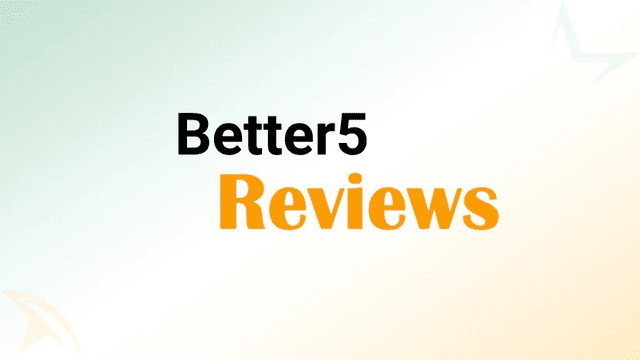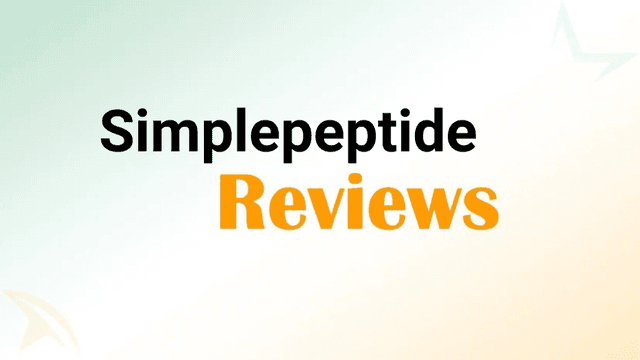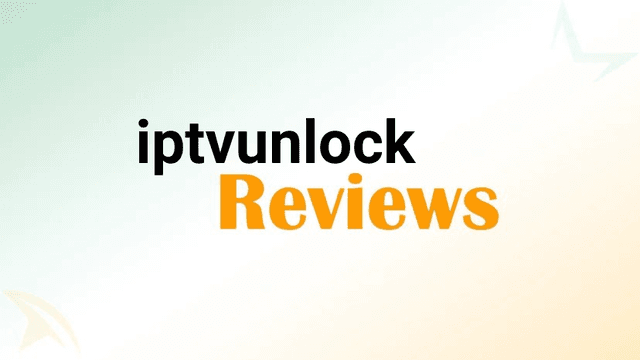Bank scams are a growing threat in today’s digital financial landscape, exploiting vulnerabilities in online banking, social engineering, and payment systems. Fraudsters deploy sophisticated tactics to deceive victims, leading to substantial financial losses and identity theft. Unlike common misconceptions, younger individuals (18-59 years old) are statistically more susceptible to these scams, emphasizing the need for heightened awareness across all age groups.
Immediate Steps If You’ve Been Scammed
If you suspect fraudulent activity, swift action is critical:
- Contact Your Bank Immediately – Report unauthorized transactions and request account freezes or card cancellations.
- Change Login Credentials – Update passwords and enable multi-factor authentication (MFA).
- File a Report with Authorities – In the U.S., notify the Federal Trade Commission (FTC); in the UK, contact Action Fraud.
- Monitor Financial Activity – Review bank statements and credit reports for further irregularities.
- Alert Credit Bureaus – Place a fraud alert or credit freeze with Experian, Equifax, or TransUnion.
Common Types of Bank Scams and How They Operate
1. Phishing Scams: Deceptive Emails and Fake Websites
Fraudsters impersonate banks via emails or SMS, directing victims to fraudulent login pages. These sites capture credentials, granting scammers full access to accounts.
Red Flags:
- Urgent requests to "verify" account details.
- Suspicious sender addresses (e.g., [email protected]).
- Poor grammar and unsecured HTTP links.
2. Imposter Scams: Fake Bank Representatives
Scammers pose as bank officials, claiming suspicious activity and coercing victims into transferring funds to "secure" accounts.
Prevention:
- Banks never ask for transfers via phone or email.
- Verify calls by hanging up and dialing the official bank number.
3. Fake Check Scams: Overpayment Fraud
Victims receive counterfeit checks, deposit them, and wire back the "excess" amount. When the check bounces, the victim is liable for the full sum.
Key Insight:
- Legitimate institutions do not overpay and demand refunds via irreversible transfers (e.g., wire or gift cards).
4. Card Skimming: Physical Theft at ATMs and Gas Pumps
Skimmers installed on card readers clone data, which is then sold or used for unauthorized purchases.
Detection Tips:
- Inspect card slots for loose components.
- Use contactless payments or NFC-enabled apps.
5. Charity Scams: Exploiting Generosity
Fraudsters create fake charities, especially after disasters, to siphon donations.
Verification Steps:
- Cross-check charities on IRS.gov (U.S.) or GOV.UK Charity Register.
Advanced Strategies to Prevent Bank Fraud
1. Strengthen Digital Security
- Password Managers: Generate and store complex passwords, preventing phishing theft.
- Two-Factor Authentication (2FA): Mandate secondary verification via SMS or authenticator apps.
2. Proactive Financial Monitoring
- Real-Time Alerts: Enable transaction notifications.
- Credit Freezes: Restrict unauthorized credit applications.
3. Recognize Social Engineering Tactics
- Pressure Tactics: Scammers create false urgency (e.g., "Your account will be closed!").
- Too-Good-To-Be-True Offers: Fake lottery wins or debt relief programs.
Long-Term Protection: Institutional and Behavioral Adjustments
1. Bank-Level Safeguards
- Biometric Logins: Fingerprint/Face ID for mobile banking.
- Virtual Card Numbers: Use temporary card numbers for online purchases.
2. Public Awareness and Reporting
- Educate Family Members: Older adults may be targeted via phone scams.
- Report Suspicious Activity: Contribute to fraud databases like IC3 (FBI’s Internet Crime Complaint Center).
Conclusion: Vigilance as the Ultimate Defense
Bank scams evolve continuously, but informed users can mitigate risks effectively. By adopting multi-layered security measures, scrutinizing unsolicited communications, and leveraging institutional fraud prevention tools, individuals can safeguard their financial integrity.
Additional Resources:
This guide provides actionable, in-depth strategies to outrank competing articles while maintaining authoritative precision—ensuring readers gain unparalleled fraud prevention insights.
Also read










